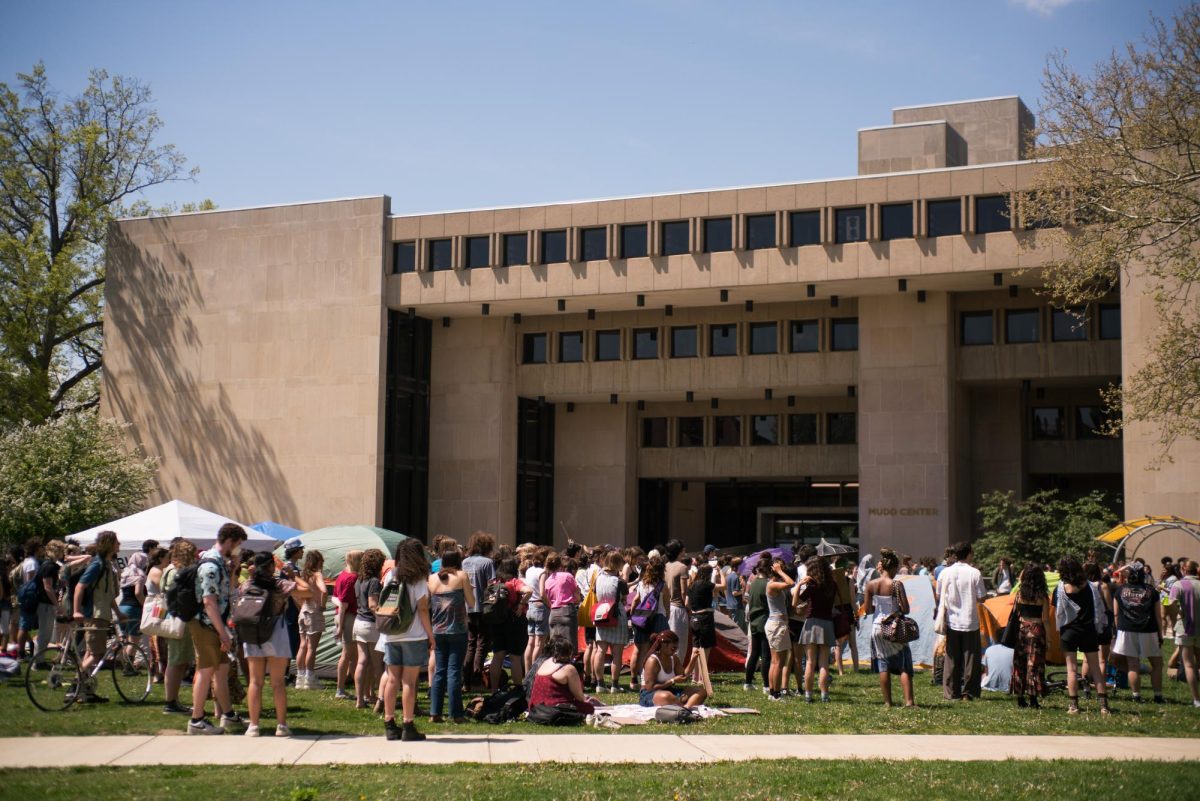Housing is one of the most daunting tasks for incoming college students. However, for transgender students, this anxiety could escalate to a safety concern or cause discomfort on a uniquely intimate level. Even on a liberal and “queer” campus such as Oberlin, trans students may feel uncomfortable in traditional dormitories and opt for Intentional Housing; the College offers two “Women and Trans* Collective” dorm options.
Old Barrows and Baldwin Cottage are smaller, house-like residence halls that are part of Oberlin’s Identity-Based Communities. Defined on Oberlin’s site as “open to anyone who identifies as female or trans, regardless of race, nationality, religion, assigned sex, or sexual orientation,” the WTC is intended to be “a safe space for engaging in discussion regarding gender and sexual orientation.”
When I applied to Oberlin, I had recently come out as transgender. I didn’t want to risk imposing on a potential female roommate if I presented male, but I also didn’t have anyone specific in mind to room with yet. Filling out a few extra questions on StarRez to be considered for the WTC was an obvious choice. I was placed in Old Barrows for my first year, and began musing about the safe haven where I would soon live. In the coming weeks, though, it became increasingly clear that Old B is more of an exclusive place than inclusive.
The name should have been a giveaway: whereas many other schools I was considering had gender-inclusive housing, the closest “intentional community” Oberlin could offer was still heavily tied to both gender and — I’d quickly find — assigned sex. Even then, I was expecting diversity among our population. However, expectations and experiences seem to fit a rigid mold here.
It’s expressly written in our community guidelines that cis men cannot “spend long periods of time in common rooms.” They must “enter and go straight to their host’s room,” and must not be “disruptive.” My problem is not the “cis man clause” but its greater implications and those caught in the crossfire. Trans men live in Old Barrows, myself included. A distinction between cis and trans men makes me feel like, one, I am not a “real” man, and two, will also become unwelcome in the space if or when I transition and “pass.”
There is one glaring omission from the WTC’s mission statement: expression. There is no one way to look or be transgender. Old B must be more sensitive to this, as its rigidity has hurt and deterred our fellow trans students from living here. This ties to the most harmful point of contention I have with the space: not all people identified and policed as cis men in the space are indeed cis men. Hostility or expressed discomfort has been pointed toward nonbinary students, trans women, and trans men who visit the space alike. Judging someone and their eligibility to visit a space strictly by appearance seems counterintuitive to the WTC mission, but it has happened on multiple occasions.
I don’t understand how ostracizing an entire sex or type of appearance from a space is productive for our community. Taking issue with those perceived as cis men will continue to divide and “other” trans people from the rest of the world rather than normalize our existence. I agree that trans individuals may need a safe space and varying measures in place to feel secure and affirmed, but the often superficial and flawed metric currently in place is not doing the house any favors.
Oberlin’s dorms are already predominantly all-gender. Students can choose a roommate of any gender — a great option for those with a specific roommate in mind. In that, one could make the argument that Oberlin already has trans-friendly dorms all over campus. But for those still seeking a community space, I want to offer my ideas for restructuring of the current Women and Trans* Collective.
I would change the “Women and Trans*” qualifier to “Gender Inclusive.” Different from all-gender, I envision that this space would honor and prioritize needs of trans students which could not be met in traditional housing. No basis would be given to assigned sex, gender identity, expression, or appearance; hopefully, this would make a welcoming space for underrepresented groups in current queer spaces. I would also separate the “Women” mission from the transgender one; I find compounding the groups’ missions counterproductive as they do not inherently overlap.
More generally, something I’ve noticed on campus is failed attempts at inclusivity. I get a similar sense from Old Barrows, the dorm in which I chose to explore my identity and trans joy. We need to ask ourselves and those in positions of leadership: who is truly welcome in these intentional spaces, and are we doing the entire community justice? In their mission statement, WTC claims to “challeng[e] dominant heteronormative, patriarchal paradigms.” I find that it does the opposite for me and for many others on this campus.










